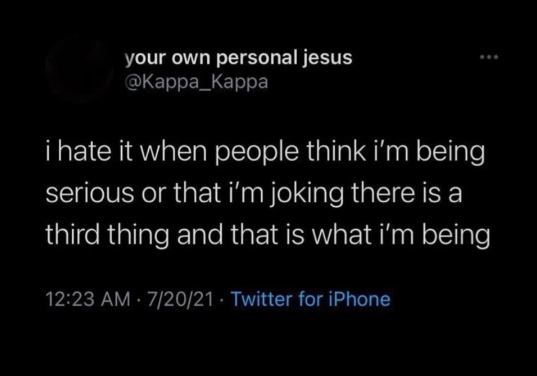I played Your Only Move Is HUSTLE

Haven’t had much visual media lately so, here ya go.
This is Your Only Move Is HUSTLE. (Affectionately “Yomi Hustle,” but developer Ivy Sly changed it due to a copyright conflict with another fighting game just called Yomi.) It’s really visually confusing, and I’ll get to that, but this is one of those newer games so I want to explain it a little before getting into why I’ve played SO MUCH of it lately.
Yomi Hustle is a fighting game obvi, but it’s turn-based rather than real time. So after every couple milliseconds it pauses and gives both players their options. Other than that it’s standard, two stick people reducing each other’s health bars to 0.
That wasn’t as confusing as I thought. Let’s get into it!
- I’ve played some fighting games — enough to know the lingo, but not enough to use it correctly. Not enough to Google things like “frame data” and “Sol Badguy true combo.” But enough that I can parse the frankly ACADEMIC quantity of data Yomi Hustle presents you with. For everything about the genre this game simplifies, it doesn’t mince a lot of the complexities that make fighting game players some of the most fearsome folk in the biz. But what it does give you is time between each move to figure things out.
- That also means it emphasizes some of the more cerebral aspects of the genre — reading and prediction, pushing your luck versus playing for tempo — rather than response time and dexterity. Some players who have developed those skills will probably be turned off by this, and that’s okay! I don’t think Yomi Hustle’s spice blend is superior or anything. But it separates out what I like most about fighting games, and in that way it’s been way more accessible to me than something like Guilty Gear.
- Okayokayokay, so the best part, and what explains the gif you see before you: the true genius of Yomi Hustle is that, after each match, you get a replay in real time. That is, you can see how the fight plays out without all the pauses to figure out what it is you want to do. And it makes you look… well, see the gif. It makes you look really cool. A game might take 20 minutes, but that all gets condensed into a 15 second, frenetic brawl. I got ample time to consider each move, but when it’s all strung together I still feel like I’m good at fighting games.
- This feature has a roundabout positive effect on the community from what little I’ve seen. No one seems too put out by losing, because win or lose what results is visually graceful. You get rewarded for winning or losing with a sick, choreographed anime battle. I played with someone online. After a tense match, I launched myself into the air to try and build space and plan my final strike. Using the Cowboy’s teleport ability, they zipped up alongside me and unceremoniously sliced me out of the sky. We both immediately went into the chat like “YOOOO.” Like, how can you be mad?
I ended up in the Wikipedia references for “Fun” today (because I am a weekend warrior) and found a bizarre computer science (?) panel discussion on the systemitization of fun. Probably will talk about that soon. But one of the really fascinating points it makes is that, when trying to translate an irl experience into a virtual experience — in their case a Christmas cracker — it’s ineffective to just, for example, play a video of someone popping a Christmas cracker. You have to deconstruct the real thing into what makes it fun, then reconstruct it in the new medium. E.g., a Christmas cracker is “cheap and cheerful,” so the digital version should have a “simple page/graphics.”
Did I just trick myself into calling Yomi Hustle a “deconstruction of the fighting game genre”? Whatever, I’ll hard commit. It deconstructs fighting games, strips away what about them is manual, and synthesizes what’s strategic and — this is key — visually cool as hell. Looking competent is one of the great modes of fun, in my opinion. This game makes it really easy to look super duper competent, win or lose. It reminds me of another game I haven’t gotten to play, Hi-Fi Rush, which I’ve heard uses a very forgiving rhythm system to makes you feel on-beat even if you’re way off.
Will I ever get good at fighting games playing Yomi Hustle? No. But unless I want to rewrite sections of my brain, it’ll let me feel cool. Which is good enough for me.
I played Your Only Move Is HUSTLE Read More »






